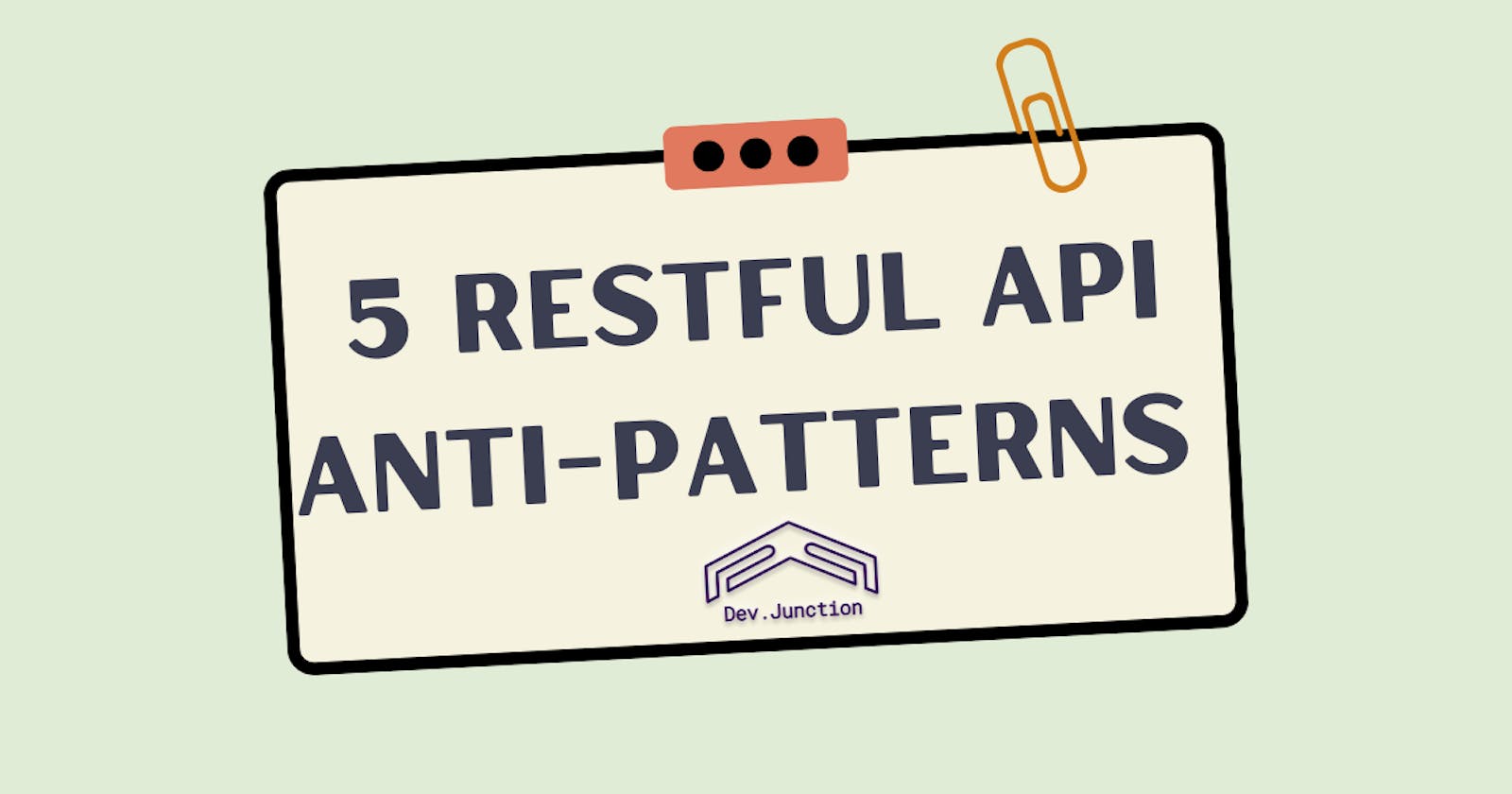5 Common Restful API Anti-Patterns and How to Avoid Them
Ensuring a Smooth and Efficient API: Tips for Avoiding Common Restful API Mistakes
Introduction:
Restful APIs (Representational State Transfer APIs) are designed to be easy to use and understand and are a common choice for building web services. However, like any software design pattern, certain antipatterns can lead to problems if not avoided.
Here are some common Restful API antipatterns:
Tight coupling: Tightly coupling the client and the server can make the API inflexible and difficult to change. It's important to design the API in a way that decouples the client from the server so that changes to one do not affect the other.
Lack of versioning: Not versioning your API can lead to issues when you need to make breaking changes to the API. It's important to version your API so that you can maintain backward compatibility and avoid breaking existing clients.
Inadequate documentation: Poorly documented APIs can be difficult to use and lead to confusion for developers. It's important to provide clear and concise documentation for your API, including examples and explanations of each endpoint and its parameters.
Overloading HTTP methods: HTTP methods like GET, POST, PUT, and DELETE are meant to convey the intended action of a request. Overloading these methods, or using them in a way that doesn't match their intended purpose, can make the API confusing and difficult to understand.
Lack of error handling: Failing to handle errors properly can lead to confusing and frustrating experiences for developers using your API. It's important to provide clear error messages and appropriate HTTP status codes to help developers understand and debug any issues that may arise.
Conclusion:
Avoiding these antipatterns can help ensure that your Restful API is easy to use, maintainable, and scalable. It's important to carefully design and document your API to ensure that it meets the needs of your users and is as effective as possible.
Any thoughts? Write it down in the comments.
For more such crispy blogs daily, follow Dev.Junction, subscribe to our newsletter and get notified daily.

